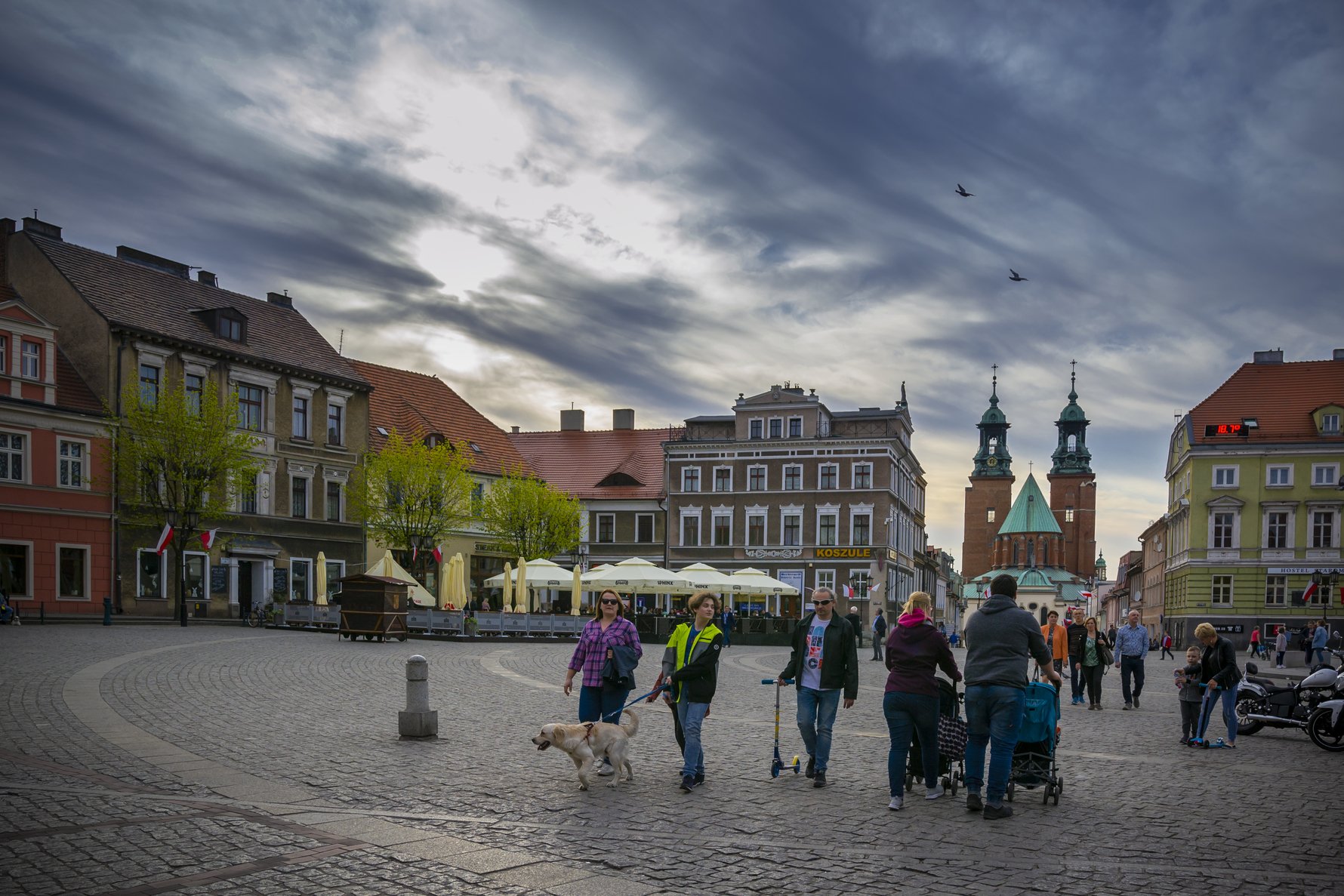Gniezno received its city charter in 1285, as a bustling area of commerce developed around its market square (Rynek). The great fire of 1819 gutted this area, and most buildings have been rebuilt. What remains of the city’s defensive walls can be found south of the Rynek close to ul. Słomianki and the Holy Trinity Church.

You’ll notice religious buildings at every turn, though predictably none representing the Jewish faith; after a high-ranking Nazi official broke his leg while clambering up it in an alcoholic stupor, he ordered the town synagogue set ablaze. In recent years, Gniezno’s finest moment came when the Congress of Gniezno was held here in 2000; it continues to take place every couple of years, most recently in 2016 (under the title "'Europe of New Beginnings: The Liberating Power of Christianity"). The leaders of Germany, Poland, Czech Republic, Hungary and Slovakia met in Gniezno to celebrate the town millennium, and, in a symbol of unity, planted five oak trees in the ‘reconciliation valley’ running north of the Rynek. The German chancellor later dined in the restaurant of the Hotel Pietrak (itself a former vodka factory), and today diners have the opportunity to order exactly what he ate.


Comments